Blender 3.3+ Turbo Tools 4.0.8 Addon Crack 2024 Fast Download
Major Feature Release – Turbo Tools V4 now with Temporal Intelligence added to the Temporal Stabilizer + 700% faster split channel stabilisation!
Turbo Tools is a full rendering pipeline addon, compatible with all operating systems and hardware supported by Blender. The addon includes:
Turbo Render – Vastly superior render results in a fraction of the time for both CPU and GPU Cycles rendering. Retains image quality the standard denoisers can’t maintain, in some cases even when providing them with images rendered for 120X longer! For complex scenes you can expect your single frame renders to be reduced from several hours to several minutes! Check out the below video to see how Turbo Render was able to get a gtx 1070 to destroy an rtx 4090!
Temporal Stabilizer – Although only a single checkbox, this massive new feature provides per pass temporal stabilization, allowing animation render times of static scene elements to be reduced by up to 40x! Check out the YouTube introduction video to find out more:
Turbo Comp – A full compositor suite with real-time playback and compositing directly in the compositor backdrop, branch caching, resaving of file output nodes without re-rendering, automatic file output node creation, publishing and lots more.
TURBO RENDER
In difficult to render scenes (indoor scenes, volumes, scenes containing glossy materials with detailed textures, SSS, etc) Turbo Render provides results that OIDN/Optix could require you to render up to 120x longer in order to match Turbo Render’s results. When no denoiser is used you could expect to render up to 960x longer to achieve the same results produced by Turbo Render (scene dependant). Additionally it simplifies the entire rendering process thanks to render setting pre-sets designed to help you get the result you need without diving into the complex render settings. It even works with complex compositing setups without the need to do any rewiring yourself! The results are remarkable as can be seen below.
Classroom scene using the new draft mode. Total render time (including denoising) was under 17 seconds on a gtx1070 with an i7-7700k !!!!!!!!
The following tests were created using cycles X in blender 3.1. To give OIDN and Optix the best possible chance, they were set to use albedo and normals to assist with the denoising process. OIDN had Prefilter set to Accurate, and I also tried setting prefilter to NONE to see if it would improve the texture comparison results (it didn’t).
Scene 1 – heavy DOF , strong SSS, film set to transparent to test alpha.
Click here to download test scene 1
Test scene 2 Available from the shop.
Turbo render is able to maintain reflection clarity at extremely low samples. OIDN required over 4 minutes of rendering to achieve a similar quality.
The image is rendered with film set to transparent to produce an alpha channel. The white background (top of the image) is then added in the compositor to highlight the difference in quality. OIDN required a 4 min render to get close to Turbo Render’s 10 second render result, but there was still visible noise (video to follow)
Scene 2 – Indoor scene to test geometry detail and texture detail.
Above we can see that even after 30 minutes of rendering, OIDN is still unable to retain as much texture detail as Turbo Render can at on 1 min!
Even with a 15 second render, that’s a whopping 120x faster than the 30 min render used by OIDN, Turbo Render can still maintain texture detail using it’s ‘Enhanced Textures’ option:
Above we can see that the bottom of the cupboard area is getting quite badly mangled up by OIDN and even worse with OPTIX. This is because denoisers can struggle with dark edges of geometry that meet with shadows due to a lack of contrast. Turbo Render can achieve much better results using it’s ‘slow (all passes mode), even at very low samples (as shown above bottom right).
Below shows that even when rendering at 1 min per frame (240x less time per frame than the ground truth 4 hours per frame), we can still get excellent results without any noticeable flicker. To do this with OIDN and maintain the same geometry, texture and reflection detail we’d need to render at 30 mins per frame (as can be seen in the above texture comparison still image examples, and youtube video examples athttps://www.youtube.com/watch?v=toManFMUSFQ ).
Notice how turbo render (on the right) has vastly superior image quality when compared to OIDN (left). The most noticeable improvements in this image are the crisp shadows on the notice board and the clarity of the reflections under the desk.
The UI is very simple to understand, and offers options to ensure the best possible results for any scene and sample settings.
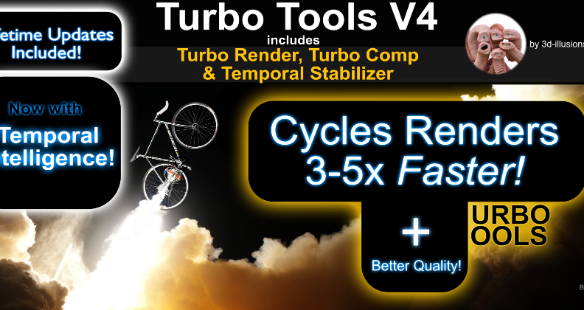
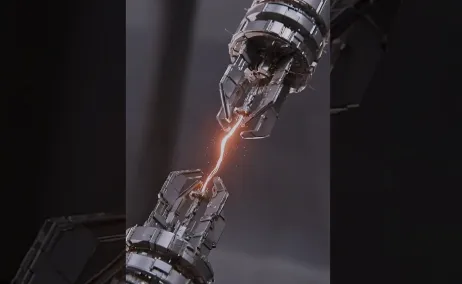
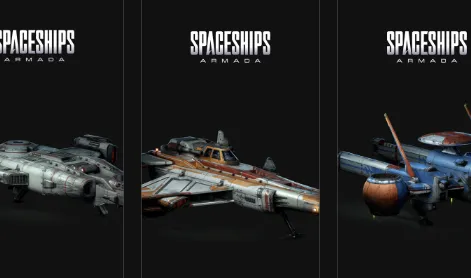
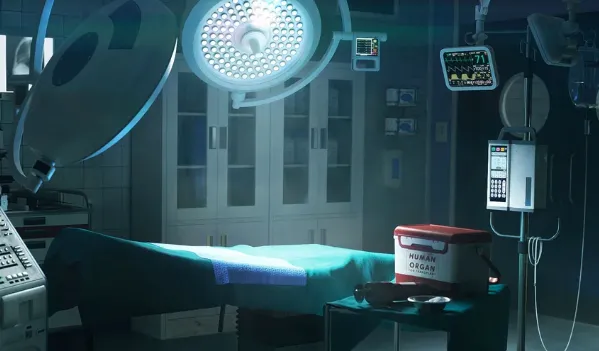





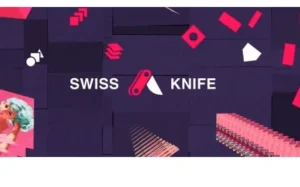

Post Comment